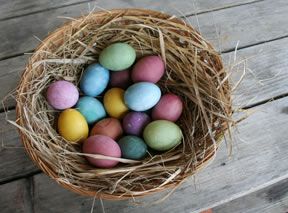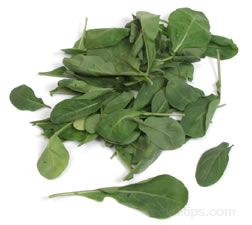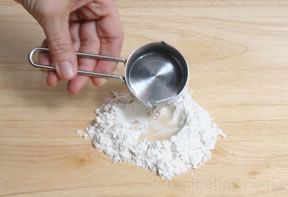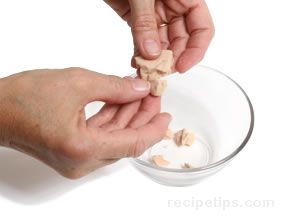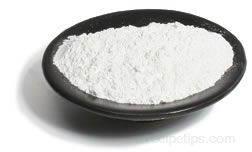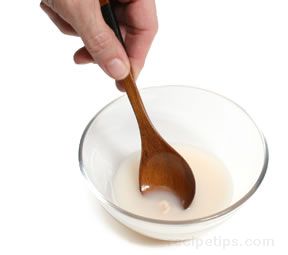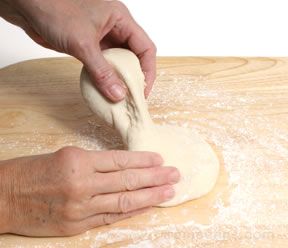Loading
Similar Content to: Leavening
back to Leavening

Yeast substances that produce fermentation in dough used for bread and other baked goods, causing the dough to rise without the aid of chemical additives. There are several forms of yeast that can be used to achieve the appropriate results that are necessary for proper leavening. One type of yeast, known as Active Dry Yeast, is yeast that is in a granular form and is available in small packages. It must be activated in warm water before it is added to the flour. Another type of granular yeast, Quick-rising Active Dry Yeast, also known as Instant Yeast, is also available in small packages and can be added directly to the flour and other ingredients without having to be activated in warm water first. Fresh yeast, more commonly known as Cake Yeast or Compressed Fresh Yeast, is sold in small, dense crumbly cakes that are very perishable, so it must be used as soon as possible; however, it can be stored in the freezer for later use. If the cake yeast does not have a fresh scent or it is not moist and firm, it should not be used.
Perhaps the oldest known natural leavening agent is simply a mixture of flour and water, which is allowed to ferment for a period of time. The fermentation process is activated by naturally occurring yeast that is airborne or that exists on the surfaces of wheat grains. This is known as a Natural Starter or a Sourdough Starter and is, perhaps, the oldest known natural leavening agent.

Loading
Advertisement
Advertisement




